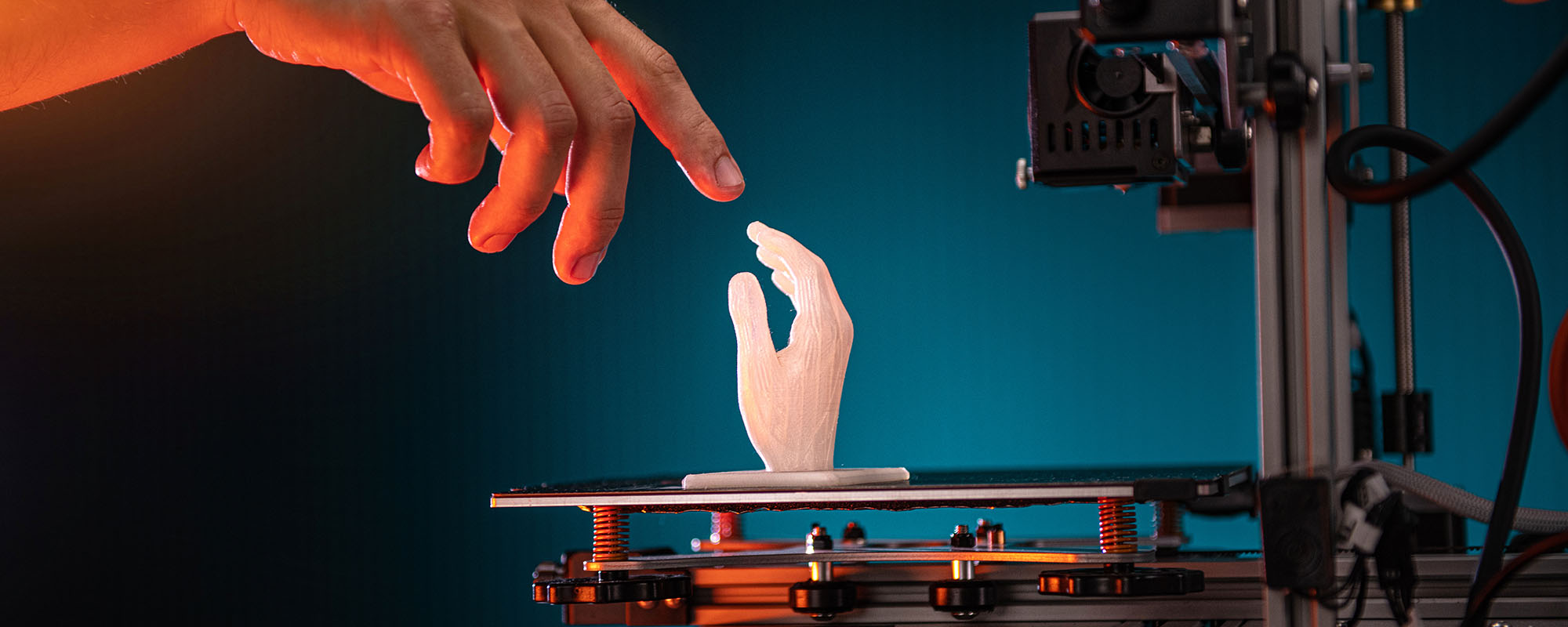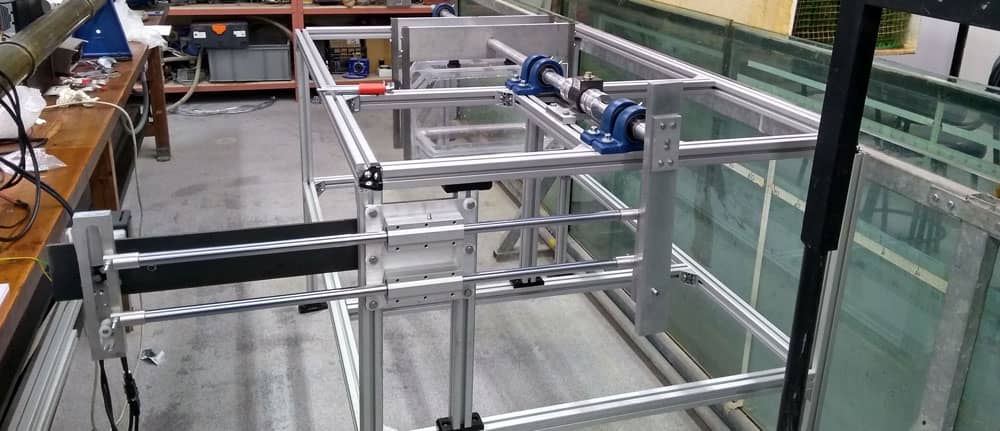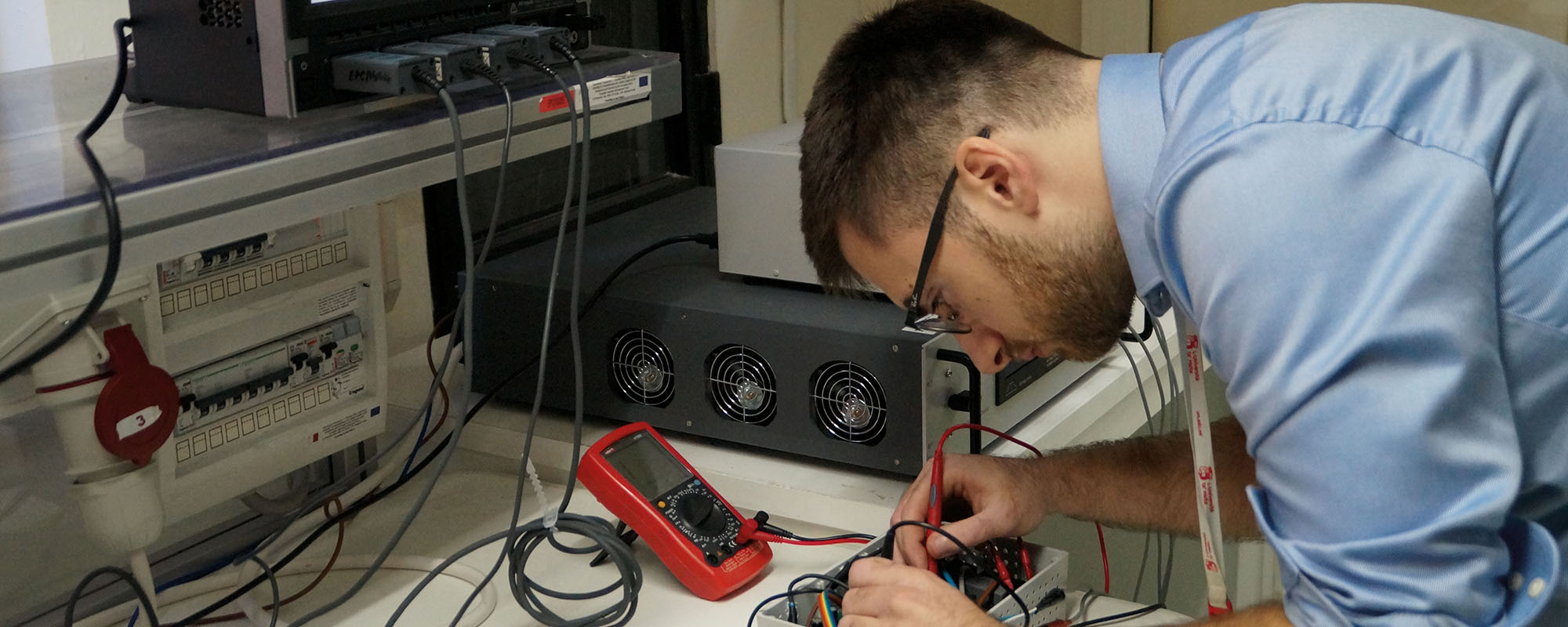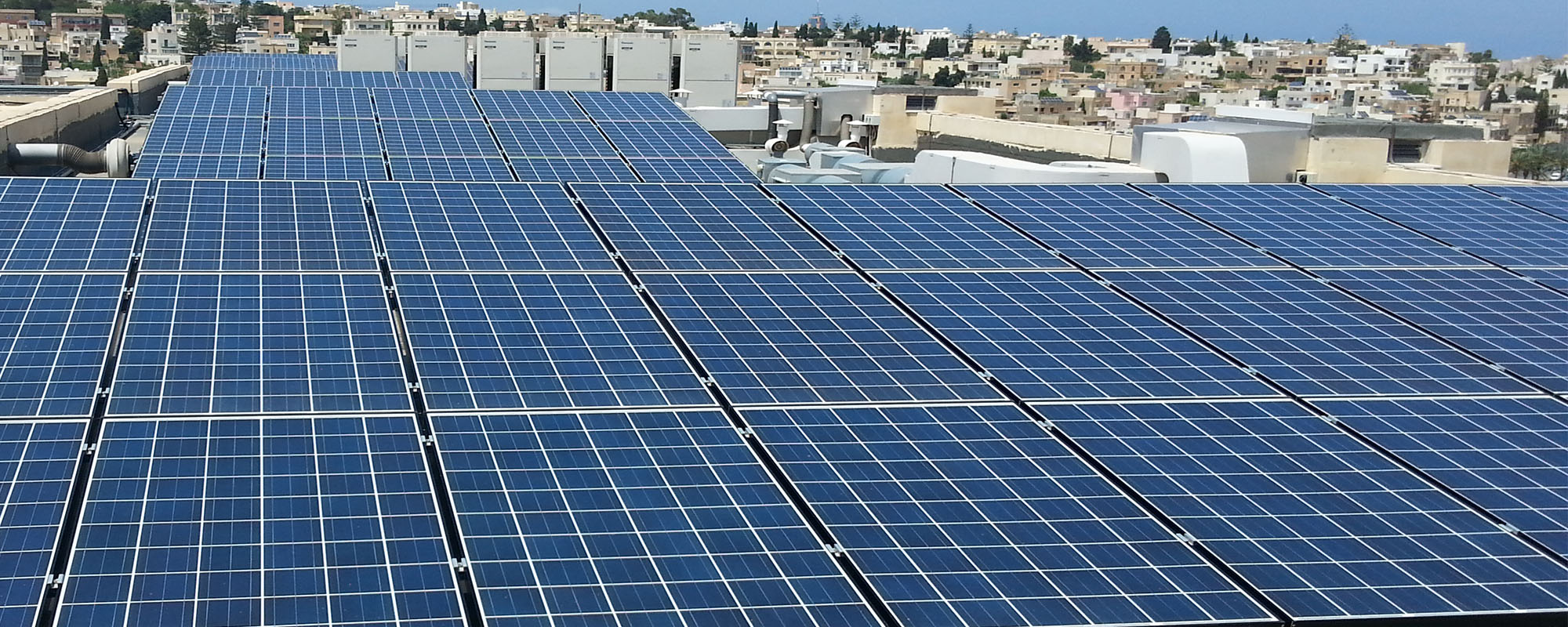The earliest recorded attempts at hip replacement date back to 1891. At the time, ivory was proposed to replace the femoral heads of patients whose hip joints had been destroyed by tuberculosis. Since then, everything changed. THINK speaks to the MaltaHip Team to learn about their innovative hip replacement technology.
Continue readingDesigning the Next Dimension: An Insight into 3D Printing Innovation
3D printing can be an expensive sector to get into, but SPELL3D’s solution can help peel back some costs by combining the advantages of two styles of printer.
Continue readingMaking Electrical Drives More Efficient
The climate crisis urges us to use every means of reducing CO2 emissions. To reduce the energy consumption of electrical drive applications, researchers from the Faculty of Engineering at the University of Malta are working on a hybrid inverter drive. This device will be able to adjust the power input to an electric motor, thus avoiding power losses. With 8 billion electric motors in the EU alone, even small energy savings can scale up to big contributions towards a sustainable future.
Continue readingGreen Cosmetics: An Engineering Perspective on Cosmetic Packaging
The global cosmetics industry is a multi-billion euro business that shows no signs of slowing down. A large percentage of this evaluation is attributed to product packaging, which introduces a considerable environmental issue due to the skyrocketing demands for plastic packaging.
Continue readingSloshing of Liquid Cargo
Maritime transportation accounts for around 80% of the worldwide transportation of goods and plays a crucial role in sea borne global trade. It is the most economically efficient means for long-distance, inter-continental transportation, but it also boasts one of the lowest emissions per kilometre and unit transported.
Continue readingPower to the People
Building a nuclear fusion reactor is an extremely stressful process — especially for stress analysts! Sam Shingles from THINK gets in touch with Prof. Ing. Pierluigi Mollicone and Prof. Ing. Martin Muscat, who are working together as part of a European Consortium to bring fusion nuclear power to Europe.
Continue readingEURATOM – Europe’s Fusion Future
In the first weeks of November, the world came together for the 26th United Nations Climate Change Conference, an event researchers across the globe are calling ‘the world’s best last chance to get runaway climate change under control’. During this two-week conference, one of the aims was to put forward proposals to ‘secure global net zero by mid-century and keep 1.5 degrees within reach’, which will involve phasing out coal use around the world and putting more resources into sustainable energy methods. One such method that is being touted as a groundbreaking solution is nuclear fusion. THINK magazine sat down with Prof. Ing. Pierluigi Mollicone and Prof. Ing. Martin Muscat, associate professors at the Department of Mechanical Engineering at the University of Malta, to learn more about what nuclear fusion is all about.
Continue readingLab to Life: Controlling the Unpredictable on the Road
The wide open road is full of unexpected surprises, especially for motorcyclists. The slightest miscalculation can result in swerving out of control or a horrible accident. But what if there was a way to improve motorcycle safety by creating a stronger connection between rider and bike? Engineers at the University of Malta may have just found a way to build your perfect bike.
Continue readingLet’s rethink our motors
From washing machines and vacuum cleaners to air conditioners and fans, household appliances all contain electrical motors, and we tend to take them for granted. However, appliances’ high starting currents can disrupt electricity supply and shut down a whole house. Daniel Lendi unpacks some of the hard work needed to fix this problem.
Continue reading









